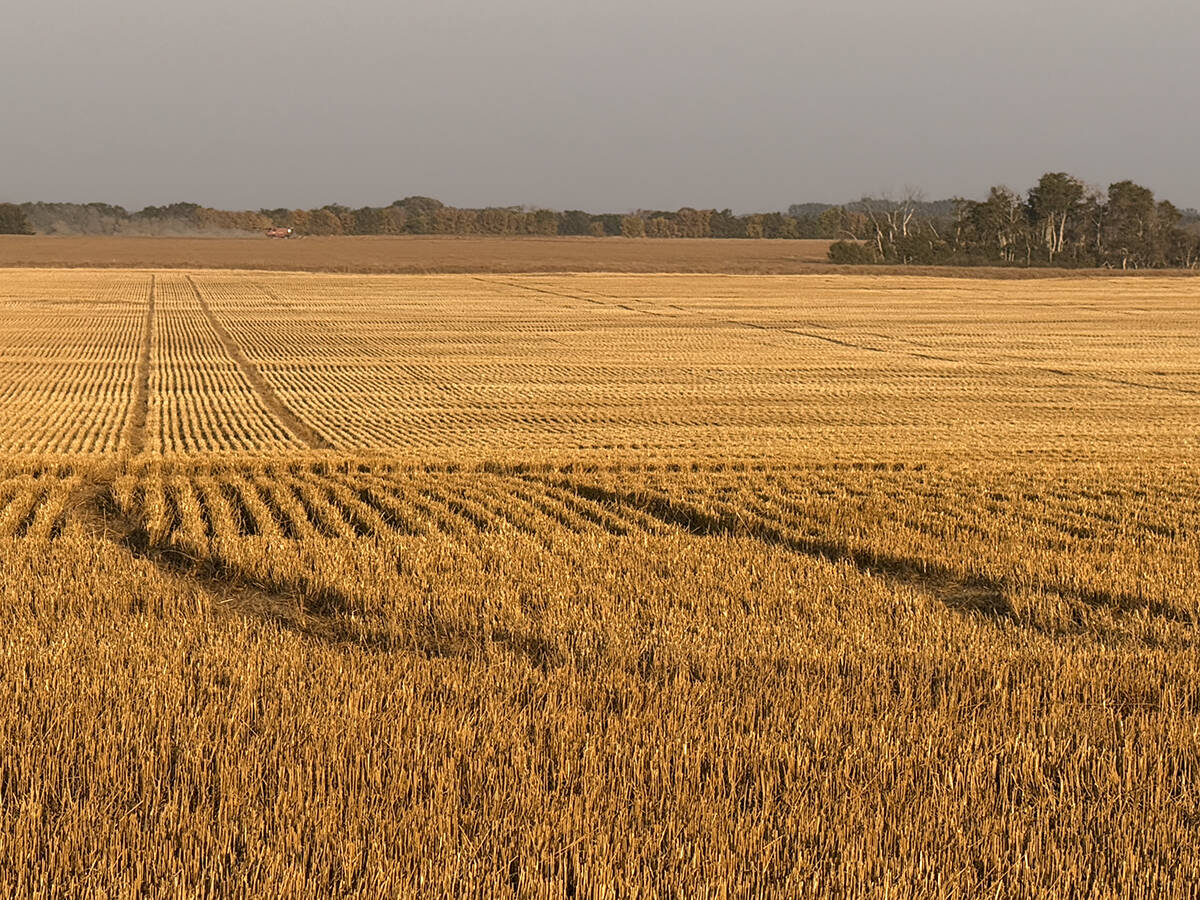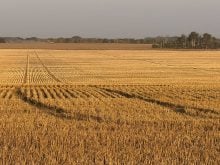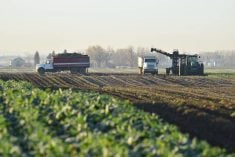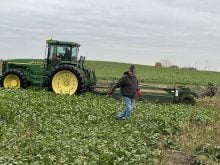The federal government last week challenged claims by the dairy farmer lobby that Canadian milk producers receive less government support than dairy farmers in the United States.
Senior Agriculture Canada bureaucrats told members of Parliament May 26 that the numbers say the opposite. Canadian dairy farmers receive more support than their American competitors.
Using internationally recognized measurements of support, Canadian dairy farmers receive $20 in benefits from government policy for every hectolitre produced, compared to $16 in the U.S., Ken Ash told members of the House of Commons agriculture committee May 26.
Read Also

Final crop reports show strong yields, quality
Crops yielded above average across the Prairies this year, and quality is generally average to above-average.
In the U.S., income that flows from government subsidies represents 48 percent of the value of dairy products, said the Agriculture Canada director general for economic and policy analysis. In Canada, it is 55 percent.
Both countries protect dairy farmers with an array of direct subsidies and indirect market supports, which last year were worth more than $10 billion (U.S.) to American producers.
By Agriculture Canada calculations, it was worth even more proportionately in Canada.
An economist with Dairy Farmers of Canada, which recently sponsored a study concluding American supports are worth much more, disputed government conclusions.
“I think they are just trying to protect themselves from offering us more support,” Rick Phillips of the DFC, said in an interview. “This is self-serving. I don’t think their numbers are credible.”
The government and dairy lobby have agreed to discuss their differences within the next few weeks.
But politically, dairy lobby efforts to demand continued Canadian protection against American imports is undermined by government claims that Canadian dairy farmers are more richly supported than their competitors.
Agriculture Canada officials claimed last week they used proper international standards to make their calculations.
They suggested the dairy farmer study was more generous in allocating subsidy benefits to the American industry.
Support, using Organization for Economic Co-operation and Development calculations for the “producer subsidy equivalent”, ranges from direct subsidies to the benefits of higher domestic prices because of import restrictions.
“By using the PSE, the level of support is very similar in the two countries and the types of support are very similar,” said Ash. “They are slightly higher in Canada.”
Ash said he is not arguing the Dairy Farmers of Canada study is wrong. He said he has not yet closely studied it.
“But they did use a different methodology and clearly arrived at different conclusions,” he said.














